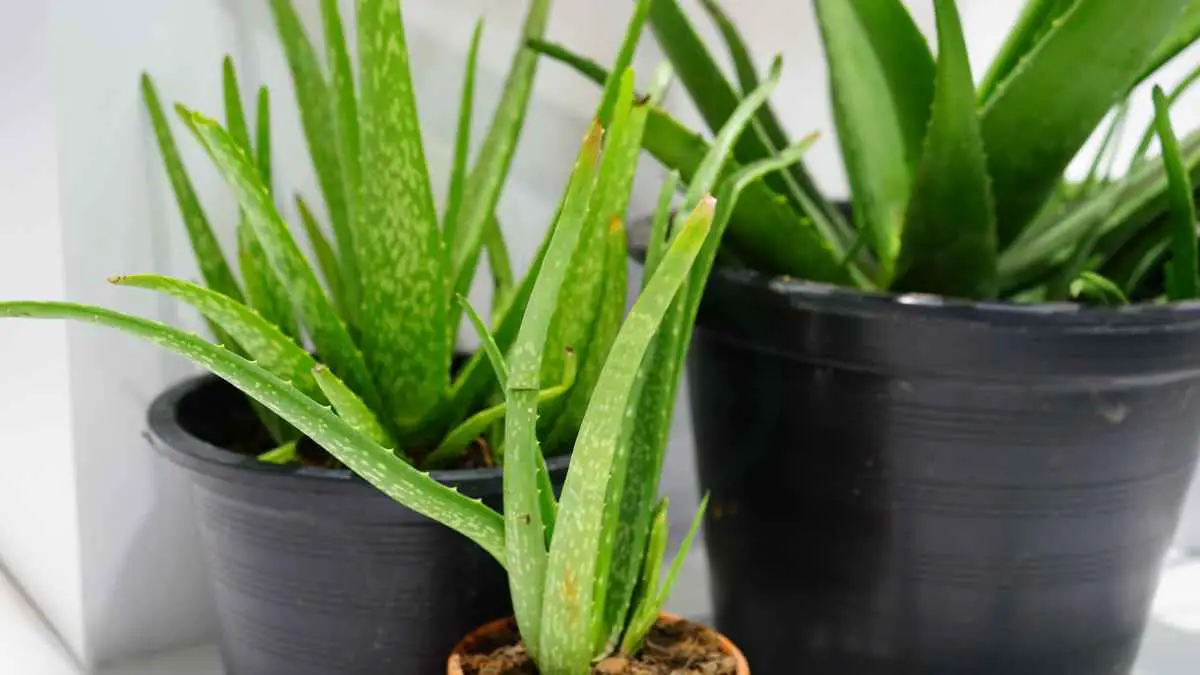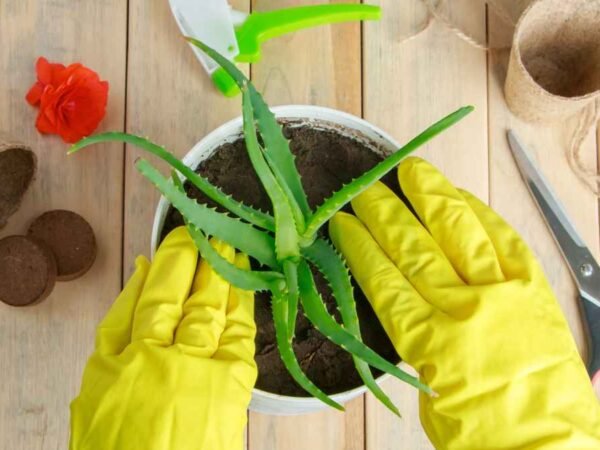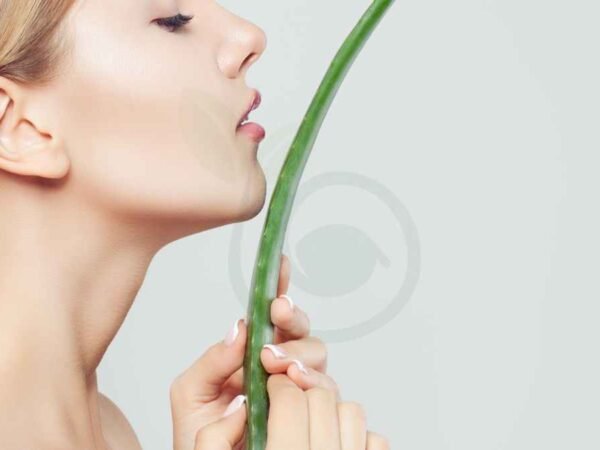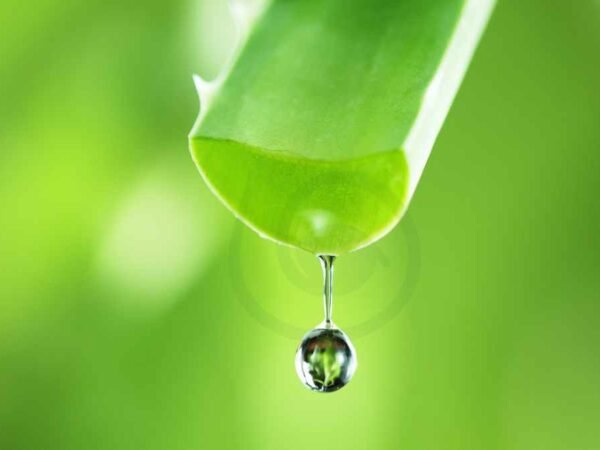Ever wondered how often your aloe vera plant needs a drink? Proper watering is key to keeping these succulents thriving. Find out the best watering schedule for your aloe vera plants to ensure they stay healthy and vibrant. Learn about the signs of overwatering or underwatering, and discover the essential care tips to help your aloe vera flourish. Get ready to become an expert in nurturing your aloe vera plant with the right watering routine.
Key Takeaways
- Monitor Moisture Levels: Check the soil moisture before watering your aloe vera plant to avoid overwatering.
- Establish a Watering Schedule: Aim to water your aloe vera plant every 3 weeks during the growing season and reduce frequency in winter.
- Watch for Warning Signs: Look out for signs of dehydration like wilting leaves or mushy stems indicating overwatering.
- Use Well-Draining Soil: Ensure your aloe vera is potted in well-draining soil to prevent waterlogged roots.
- Provide Adequate Sunlight: Place your aloe vera in a sunny spot to promote healthy growth and avoid issues related to insufficient light.
- Prune Regularly: Trim any dead or damaged leaves to encourage new growth and maintain the overall health of your aloe vera plant.
Understanding Aloe Vera
Water needs
Aloe vera plants have specific watering requirements that must be tailored to their individual needs. It is essential to adjust the watering frequency based on factors like the plant's size, age, and environmental conditions. To promote healthy growth, ensure that aloe vera plants receive adequate water without overwatering them. Monitoring the soil moisture levels regularly is crucial in determining when to water the plants.
Growth habits
Understanding the growth patterns of aloe vera plants is vital for maintaining their health. Consider the plant's growth rate when deciding how often to water it. Younger plants may require more frequent watering compared to mature ones due to their rapid growth. Take into account the size of the plant, as larger aloe vera specimens may need more water to sustain their growth.
Signs of health
To ensure the well-being of your aloe vera plant, keep an eye out for signs of dehydration or overhydration. Monitor the plant closely for any indications of wilted or discolored leaves, which could signal inadequate watering practices. Healthy leaves with a firm texture indicate that the plant is receiving sufficient water and nutrients. Regularly checking the overall health of your aloe vera will help you adjust your watering routine accordingly.
Watering Frequency for Aloe Vera
Identifying needs
Aloe vera plants have specific watering needs that are crucial for their health and growth. These succulents store water in their leaves, making them drought-resistant. To determine when to water, observe the plant's leaves; if they appear shrivelled or droopy, it's time to water. Adjust watering based on how the plant responds; overwatering can lead to root rot.
Seasonal adjustments
When caring for aloe vera, it's essential to adjust watering frequency according to seasonal changes. During the warmer months, aloe vera may require more frequent watering due to increased evaporation. In contrast, reduce watering in winter when the plant is dormant. Environmental factors like sun exposure and indoor heating can also impact watering needs.
Environmental factors
Environmental conditions play a significant role in determining how often you should water your aloe vera plant. Factors such as temperature and humidity directly influence the plant's water requirements. In hot, dry climates, aloe vera may need more frequent watering compared to cooler, humid environments. Consider the plant's surroundings and adjust watering practices accordingly.
Signs of Dehydration and Overwatering
Dryness indicators
Aloe vera plants require careful monitoring to prevent dehydration. Regularly check the soil's dryness by inserting a finger into it. This simple test helps determine if watering is needed.
To avoid overwatering, it's crucial to assess the soil's moisture content. Prevent excessive watering by allowing the soil to partially dry between waterings.
Utilize techniques like the finger test or a moisture meter to accurately gauge soil dryness levels. These methods help in providing optimal care for aloe vera plants.
Symptoms of excess water
Keep an eye out for signs of overwatering in aloe vera plants. Yellowing leaves are a common indicator of excessive water intake, signaling the need for adjustments in watering practices.
Address symptoms promptly to prevent further damage caused by excess water. Adjust the watering schedule to allow the plant to recover from overwatering stress.
Best Practices for Watering Aloe Vera
Proper techniques
Implement proper watering techniques for aloe vera plants. Water deeply but infrequently to promote healthy root development. Ensure thorough watering to reach the plant's roots effectively.
Soil considerations
- Choose well-draining soil for aloe vera plants.
- Select soil mixes that prevent waterlogging and promote proper drainage.
- Opt for sandy or cactus mix soils to support aloe vera's watering needs.
Pot selection
Select pots with drainage holes for aloe vera plants. Choose containers that allow excess water to escape easily. Opt for breathable pots that prevent water accumulation.
Preventing Common Watering Mistakes
Avoiding overwatering
Prevent overwatering by allowing the soil to dry between waterings. This helps prevent root rot, a common issue with aloe vera plants. Ensure proper drainage in pots.
- Allow soil to dry before watering again
- Ensure pots have drainage holes
Avoid frequent watering to prevent waterlogged conditions. Excess moisture can lead to root rot and other fungal diseases. It is crucial to maintain well-draining soil.
Preventing underwatering
Prevent underwatering by monitoring soil dryness levels. Check the soil regularly for moisture content to adjust watering frequency accordingly.
Adjust watering frequency to prevent aloe vera plants from drying out. Maintain consistent watering practices to ensure the plant's health and growth.
- Monitor soil moisture levels
- Adjust watering based on plant needs
Ensure consistent watering practices to avoid dehydration. Aloe vera plants thrive when provided with adequate moisture, but they are also susceptible to root rot if overwatered.
Enhancing Aloe Vera Health
Optimal Placement
Aloe vera plants thrive in locations with ample sunlight, making it crucial to position them strategically. Placing your aloe near windows where sunlight can reach them directly is ideal for their growth. Adequate exposure to light ensures that the plant can photosynthesize efficiently.
Consider the importance of air circulation around your aloe vera plant. Proper airflow helps prevent issues like fungal diseases and ensures the plant receives the necessary carbon dioxide for photosynthesis. Positioning your plant in a well-ventilated area contributes significantly to its overall health and vitality.
Pruning Essentials
Regular pruning plays a vital role in maintaining the health and appearance of your aloe vera plant. Removing dead or damaged leaves not only enhances the plant's aesthetic appeal but also prevents potential diseases from spreading. By eliminating unhealthy parts, you promote new growth and rejuvenation.
Trimming overgrown sections of your aloe is essential to prevent overcrowding and ensure proper nutrient distribution within the plant. Maintaining an optimal shape through regular pruning encourages healthier growth patterns and improves the overall aesthetics of your aloe vera. Pruning helps manage the size of the plant, preventing it from outgrowing its designated space.
When inspecting your aloe vera for pruning needs, pay close attention to any signs of disease or pest infestation. Prompt removal of affected areas can prevent further damage and promote the overall well-being of the plant. Regularly checking for pruning requirements allows you to address issues promptly, ensuring that your aloe remains healthy and vibrant.
Propagation and Care
Propagating success
Aloe vera plants can be propagated through offsets, which are small plantlets that grow around the base of the parent plant. To propagate new aloe vera plants successfully, carefully separate these offsets from the main plant using a sharp knife or scissors. This process allows for the development of independent plants.
Proper techniques are crucial for successful aloe vera propagation. When separating offsets, ensure each new plant has healthy roots to support its growth. Plant the offsets in well-draining soil and provide adequate sunlight for optimal development.
Ongoing care tips
Consistent care is essential to maintain the health of aloe vera plants. These succulents thrive when they receive ample sunlight and moderate watering. Regularly monitor your aloe vera plant for any signs of distress or changes in its appearance, which could indicate overwatering or insufficient light exposure.
To ensure the longevity of your aloe vera plant, establish a routine watering schedule that aligns with its specific needs. Aloe vera plants prefer dry conditions, so it is crucial not to overwater them. Allow the soil to dry out completely between watering sessions to prevent root rot and other issues.
Troubleshooting Aloe Vera Issues
Common problems
Aloe vera plants can suffer from root rot when overwatered, leading to soggy soil and wilting leaves. This issue arises due to excessive moisture, causing the roots to decay.
To troubleshoot watering problems with aloe vera, monitor the soil moisture levels regularly. Ensure that the soil is completely dry before watering again to prevent root rot.
Identifying issues affecting aloe vera plant health involves inspecting the leaves for signs of overwatering or underwatering. Yellowing leaves may indicate too much water, while shriveled leaves suggest dehydration.
Solutions and fixes
To rectify watering-related problems, adjust the watering frequency based on the plant's needs. Allow the top inch of soil to dry out between waterings to prevent waterlogged conditions.
Implement proper drainage by using well-draining soil and pots with drainage holes to prevent water accumulation at the roots. This helps in maintaining optimal soil moisture levels for aloe vera plants.
Seek expert advice from horticulturists or experienced gardeners if persistent issues arise despite adjusting watering practices. They can provide tailored solutions and guidance for ensuring the health and vitality of aloe vera plants.
Closing Thoughts
By understanding the specific watering needs of your aloe vera plant, you can ensure its optimal health and growth. Monitoring signs of dehydration and overwatering, implementing best watering practices, and avoiding common mistakes are essential steps in caring for your aloe vera. Enhancing its health through proper watering techniques and propagation methods will result in a thriving plant that beautifies your space.
Remember to refer back to this guide whenever you encounter issues with your aloe vera. Your commitment to following these tips will not only benefit your plant but also deepen your connection with nature. Keep nurturing your aloe vera with care, and enjoy the beauty it brings to your surroundings.
Frequently Asked Questions
How often should I water my aloe vera plant?
Aloe vera plants should be watered deeply but infrequently. In general, watering once every 2-3 weeks is sufficient. Ensure the soil dries out between waterings to prevent overwatering.
What are the signs of overwatering an aloe vera plant?
Signs of overwatering in aloe vera include yellowing or wilting leaves, mushy stems, and root rot. Adjust your watering frequency to prevent these issues and maintain the plant's health.
How do I know if my aloe vera plant is dehydrated?
Dehydrated aloe vera plants show symptoms such as shriveled or wrinkled leaves, brown tips, and slow growth. Increase watering slightly and provide proper sunlight to help revive a dehydrated plant.
Should I use tap water or distilled water for watering my aloe vera plant?
It's best to use distilled or filtered water for your aloe vera plant to avoid mineral buildup in the soil. If using tap water, allow it to sit out overnight to let chlorine evaporate before watering.
Can I mist my aloe vera plant instead of watering it?
Misting is not recommended for aloe vera plants as they prefer deep but infrequent watering. Misting can lead to shallow root growth and moisture-related issues. Stick to watering the soil directly instead.
Image Source: Paid image from CANVA





